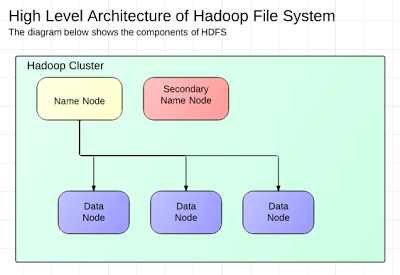MyBatis Multiple Query Parameters - property of an Object Type
MyBatis Multiple Parameters I have been using ibatis (now mybatis) for quite sometime now. It is really quite a powerful ORM. It has come a long way and there are a lot if improvements from the xml configuration based version to the new annotations. Here are some things that i like the most: 1. the SQL builder class ( SQL Builder Class ) I was looking at other ways to use SQL in my projects like JOOQ ( JOOQ DSL ) because it offers generating SQL via typesafe way using DSL. I am so glad that myBatis has this typesafe way of creating SQL too. 2. the typeHandler - you never know when you are going to need one specially in java type to jdbc type conversions. For example time formats ( joda-time ) 3. the provider annotations (InsertProvider, SelectProvider, etc..) - gives you a flexible way of generating your SQL statements dynamically. Recently used a 'MERGE' statement in Oracle. I wonder if i could have used that with JOOQ ? 4. the SQL statement parameters - Di...
